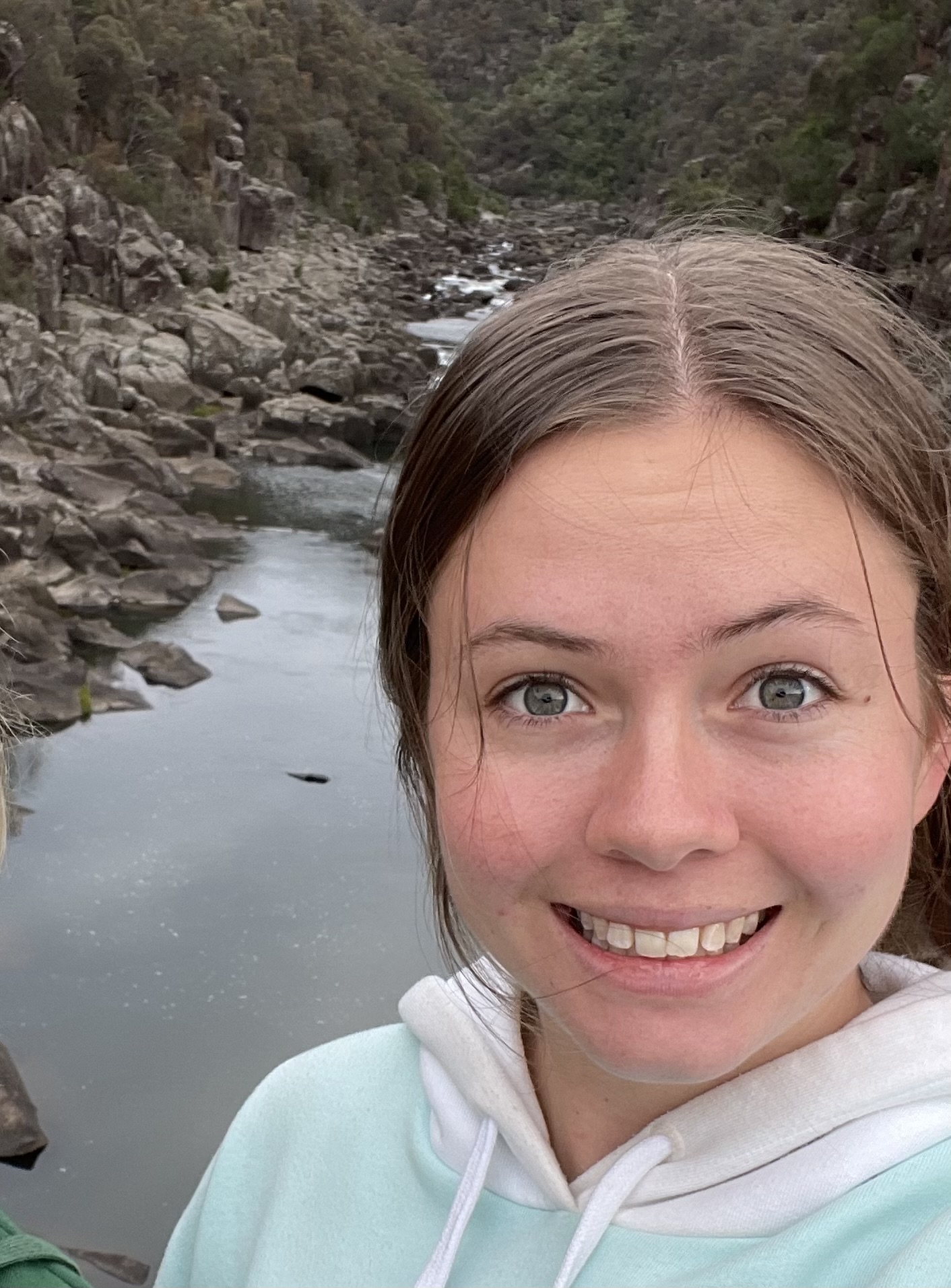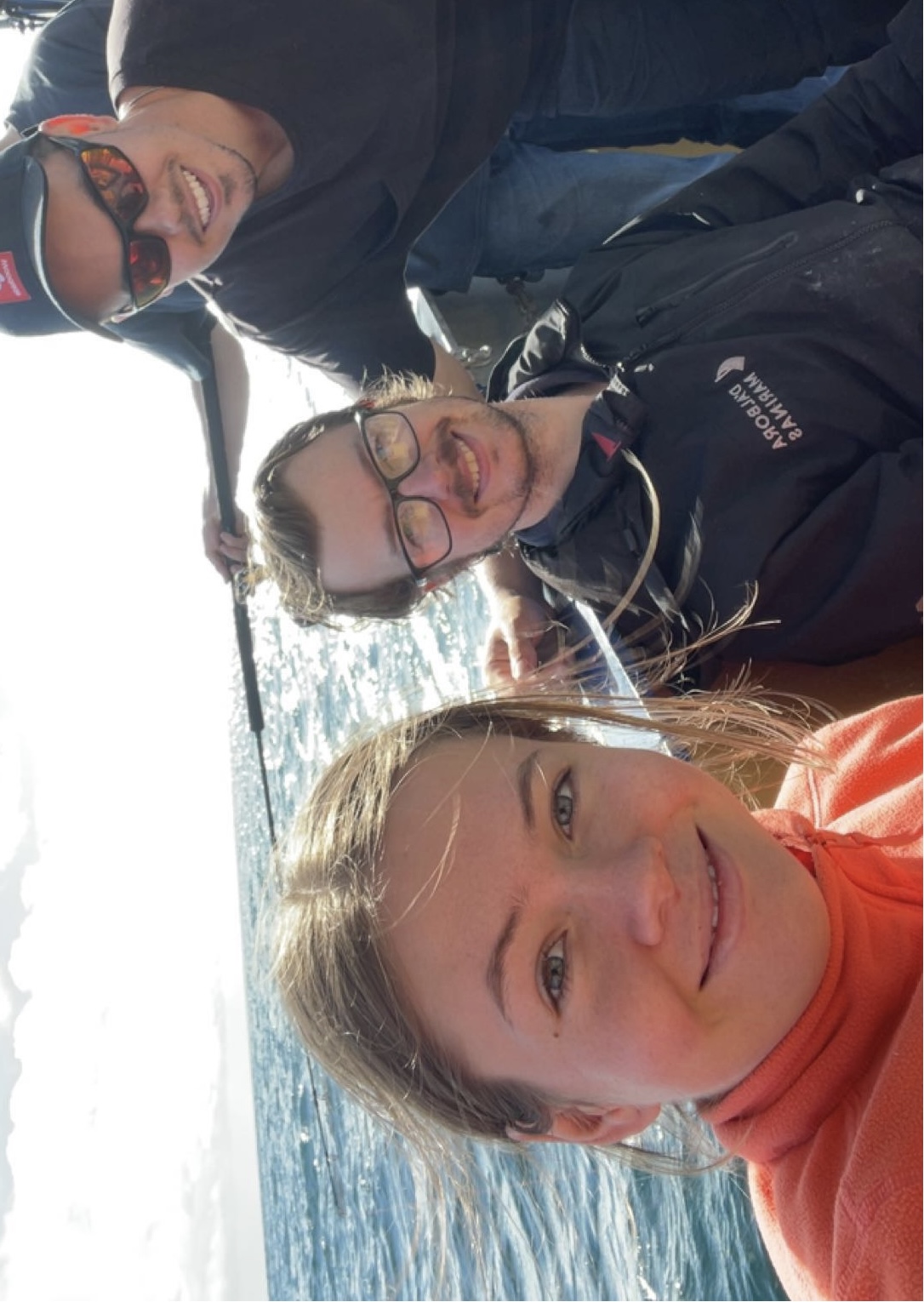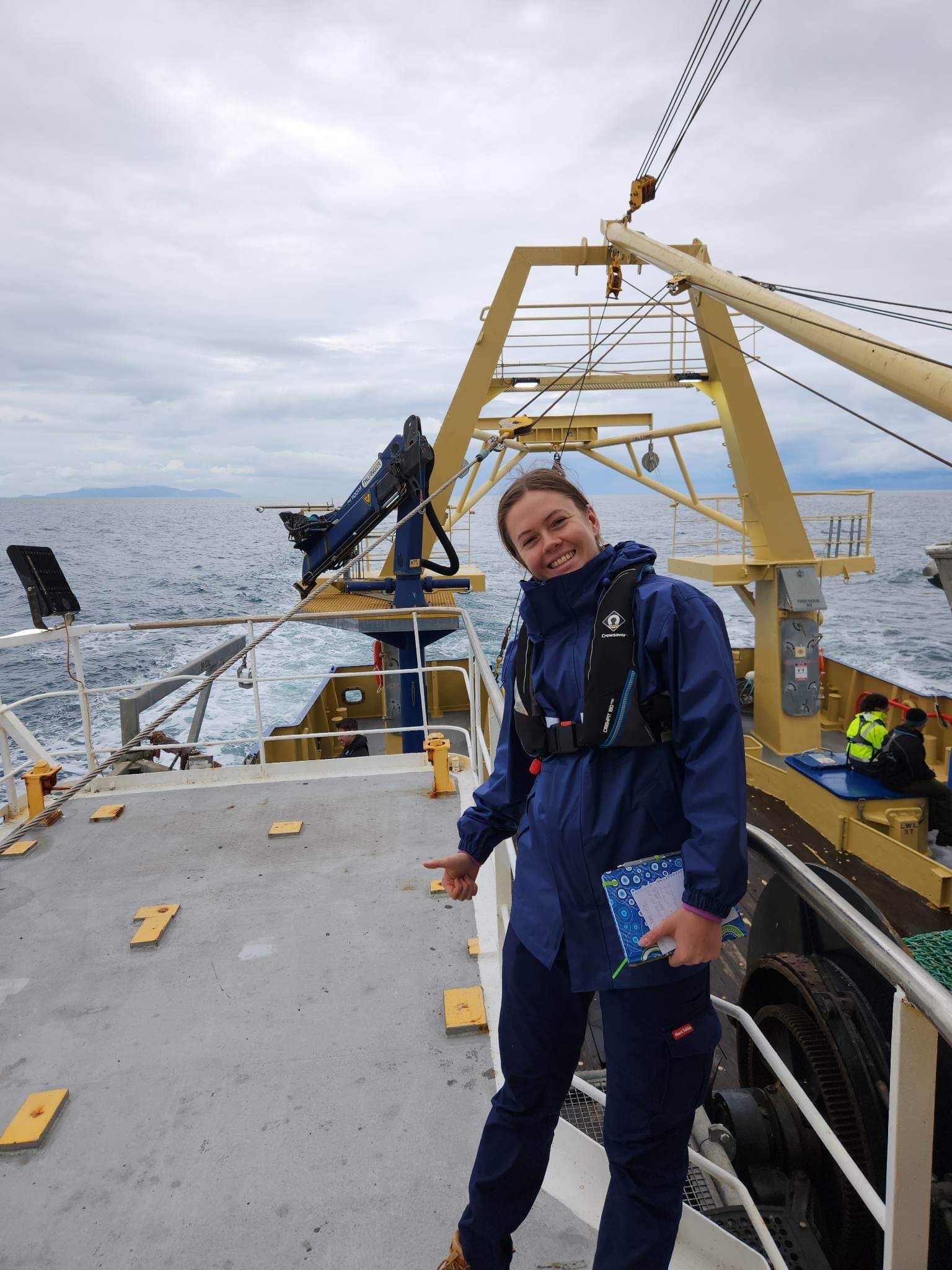A school trip to a naval base in grade 11 started Cameron Skeggs on a direct course to a career in submarine design.
With a lifelong interest in all things STEM, Cameron already knew she wanted to be an engineer. But it was meeting a submariner engineer on that school trip that helped her make up her mind about exactly what sort of engineer she wanted to be.

“The idea of submarine design is unique and complex and not something you would deal with everyday,” she said. “To me, working on or around submarines was a good balance between the technical side, STEM interests, and a general interest in maritime engineering and the defence industry.
“I have always been adventurous and grew up around water so, whilst not directly linked, there is also a little bit of excitement around working on such a large-scale, complex problem.”
Growing up in Perth, Western Australia, Cameron initially considered studying a maritime engineering degree through the Royal Australian Navy. But her school career advisor suggested the University of Tasmania’s Australian Maritime College (AMC) in Launceston.
The AMC offered exactly the course Cameron wanted for her very specific passion: the four-year Bachelor of Maritime Engineering (Naval Architecture) with Honours
And while most of Cameron’s uni options were a long way from her home in WA, the AMC offered a way of smoothing that transition.
“The Australian Maritime College offered the 2+2 program, through which I was able to complete the first two years of my Bachelor of Maritime Engineering at a partner university in Western Australia,” she said.

“I completed the first two years at Edith Cowan University in Western Australia before transferring the first two years of work to the AMC and completing my final two years in Launceston.”
Currently in the fourth and final year of her degree, Cameron said that between the specialised facilities on campus, hands-on learning opportunities, and the lifestyle she had discovered, the move to Tasmania was definitely worth it.
“I have settled into life in Launceston really well. My course is going really well, and I have met a lot of cool people over the last year or so. I also had a number of other students transfer with me from WA so that probably also made the process smoother.
“The AMC Campus has a lot of great facilities including the Underwater Collision Research Facility, the Cavitation Tunnel, the Model Test Basin, and the Towing Tank. Additionally, there were two day-courses – survival at sea, and fire safety training – that you don't typically get to experience at university.
“My favourite experience at the College so far would have to be the week where we were involved in planning and completing sea trials on a vessel, and a re-design assignment of a particular area of the boat.”

Cameron’s academic achievements saw her awarded the $3,000 Gibbs & Cox Australia Merit Prize. Specifically created to encourage the participation of women in the field, it is awarded to the female student with the highest GPA result in her third year of a Bachelor of Maritime Engineering.
Cameron said she felt extremely thankful for the recognition and the financial boost going into her Honours year.
“It is a very generous contribution that will provide amazing support to my future studies and help to maintain a good work-life balance for the remainder of my degree,” she said.
And she has already laid the groundwork for her post-university career, having completed a three-month placement ASC Pty Ltd in Western Australia, the company responsible for building and maintaining the Royal Australian Navy’s submarine fleet.
“It aligned with why I was initially interested in this degree,” Cameron said.
“I would love to continue as a graduate at ASC and working around submarines, as it is such a great and interesting opportunity.”
The Australian Maritime College has the most advanced specialist maritime research and learning facilities in the Southern Hemisphere, so you can get hands-on as you master your skills.


